E0018 | Nick’s Recipe for Cover Crop Seed Mix
Podcast: Play in new window | Download
Subscribe: iTunes | Android | RSS
Cover Crop Mysteries Revealed
You know, I just want to take a second and genuinely from my heart say thank you for taking time out of your day to read what I have to say. Every minute counts in our lives and it’s an honor that you choose to spend some of that time paying attention to what I have to say. It’s humbling and encouraging whenever I get those thank yous, and encouraging comments through email and facebook. So I just wanted to make sure that you know that you’re the reason I do this every week! I really do want to help you learn new ways to bring about greater freedom and liberty in your lives. Whether that’s freedom from a job that is just a soul sucking horrible experience, or being stuck in a way of thinking that ties you to more and more work. And that’s what we’re talking about today. Tilling the ground, or rather, not tilling the ground!
News
Well it finally happened… The tire swing tree came down. We keep getting rain every other day and I actually caught it falling part of the way down on video! And wouldn’t you know it, I learned that kids are a lot more resilient than we sometimes give them credit for. He told me that I needed to cut it up for firewood because it was in the way of him seeing the boats on the lake. So I suppose he’s not too upset over the tree falling, but he is annoyed about it blocking his view of the boats zipping back and forth on the lake. So there ya go! Looks like I have all the wood I’ll need to keep my office nice and toasty for a year or two once I get that sucker cut up, split and stacked. That’ll be real nice to not have to think about what I’m going to burn in the wood stove next winter.
Well we went over to visit with family and visited my in-law’s church last week. This week, all the kids are sick and Catie is laying on the couch sick with a pretty nasty cold or possibly the flu. It’s been going around this area for the past couple weeks. So here’s hoping I don’t get sick! I’ve felt a little under the weather but so far I think my immune system is holding it’s own. So we’ll see, I’m all juiced up on vitamins and minerals and immune system boosters.
Plant of the Week
This week I want to talk about Cowpea (Vigna unguiculata). Most of you up north will know this as black eyed pea, but down south we have dozens of cultivars of this species. Zippercream, purple hull pea, field pea, crowder pea, it goes by many common names. This is a very important crop for much of Africa and widespread as a main calorie crop. It tolerates very sandy soils and drought well. The leaves are high in protein and can be eaten raw or cooked, the pea pods can be eaten immature like green beans, but they’re kind of tough sometimes. And best of all, you let them mature and shell the peas from the pod, cook em up, pour some chicken and gravy over em…. Some crispy cornbread baked in a cast iron skillet with 4 tablespoons of melted butter that you pour the batter over before you cook it… oooohhhhh man…
Ok, enough of that, I’m making my mouth water just thinking about it. I know just what I’m going to ask my wife to fix soon!
But one of the big reasons I use it on my client’s properties and projects is for the quick cover, nitrogen fixation, and the fact that it’s so tough and hard to kill! You can soak it the night before you broadcast, make sure it’s in good contact with the soil and it will start germinating the next day. It will climb up young trees and protect the bark from sunburn the first year, it keeps the soil moist and cool. And since it’s so hardy, if you do your project in the spring, it is almost assuredly going to make it all the way through the hot dry summer into early winter when it will frost kill. So for those reasons it’s one of my go-to plants that I always use if possible.
Interesting Things
Grafting season is upon most of the nation, It’s already passed me up, so you might want to use this time to pick up a new skill. It doesn’t cost much to learn, there are lots of free videos on youtube that will teach you how. You can start as cheaply as a box cutter knife and the plant materials, or you can get a tool online called a grafting tool that honestly isn’t the best thing but it’s simple to use and easy to get your feet wet with a thirty dollar investment into a tool. So even if you don’t have the right root stock and fruit tree scion wood to make fruit trees. If you spend your time practicing on local trees, you could save yourself time and money, as well as failure with more expensive materials by learning on free plants this year. Some of the easiest things to practice on are going to be regular old bradford pear. But try lots of different trees and shrubs, try different grafting techniques, different sizes of material. Experiment, and write down what you did, take pictures and mark your grafts with some flagging tape or something like that so you know where they are. That way you can return later to see what worked and pinpoint mistakes and successes. Just getting So look into it if you are interested in that kind of a thing. You might be glad you did the next time grafting season comes back around. Who knows, you might find out that I have a backyard nursery video course coming out later this year!
Cover Crops
Let’s get on to the topic of the day! And I want to start out with talking about cover crops. So many people are enamored with the idea of cover crops and sometimes use the term loosely to mean lots of different things. So to avoid any confusion, I’ll tell you how I define a cover crop so we can make sure we’re both on the same page.
I define a cover crop as some annual plant that you seed onto an area, most often an exposed, or degraded area for the purpose of smothering weeds, or keeping the soil covered. Most often you do this to eliminate or reduce compaction from rainfall, keep the soil more moist and cool than if it were left exposed, as well as to reduce the amount of oxidization that would happen to the plant matter already decaying on the soil surface.
Let’s get into a bunch of the most common plants I use for cover crops whenever soil is excavated or moved around and ground is disturbed, or if I just want to build biomass and sometimes to achieve specific goals, like to decompact soil for instance.
Winter Pea – (Spring or fall) This is a nitrogen fixer that does well in cool and cold weather.
Turnip – (Spring or fall) Great biomass builder, opens up the soil, tons of nutrients for soil organisms to eat as soon as it dies.
Daikon radish – Spring or fall. Generally the same as turnip. But this is how I describe the benefits of daikon. How valuable would it be if someone came to your place, and drilled 2” holes all over the place and filled them all with earthworm castings? Valuable? All it takes is the time and the seed, throw it all over the place and after they grow all season long, they will go to seed and die. Leaving behind a rotting radish in the ground sometimes 2 feet deep and 2 inches around. The worms come to eat the radish and travel up and down the radish eating it and leaving behind castings!
Cowpea – (plant anytime after the last frost of the spring and before first frost) Obviously if you plant shortly before your first expected frost of the fall, you will not get much benefit. Which is why I always try to get it planted as soon in the season as possible for maximum growth and effect.
Partridge Pea – (nitrogen fixer, grows 2′-4’ tall) This is best planted in the spring, but can be planted during the summer. One of my favorite nitrogen fixers, it has leaves similar to mimosa and slightly like black locust, fern like. Bees like the flowers and it produces a seed that ground fowl really like.
Crotolaria juncea – (Sunn Hemp) (great nitrogen fixer, great forage, builds a lot of biomass) Most crotolaria is toxic to cattle and other livestock but the juncea is not toxic. Grows about 8 feet tall and flowers but for most of the USA does not produce seed. It’s a tropical plant. So you don’t have to worry about it reseeding if you are concerned about reseeding.
Buckwheat – (Spring-fall) This is a short lived grain that will produce loads of flowers that honeybees will go nuts over and it will grow thickly to choke out other weed species.
Crimson Clover – (Fall or spring) It’s an annual as are most everything I’ve talked about, you have to let it flower and let those flowers turn brown (like they are starting to do in the picture below) before you cut it and drop it if you want it to come back the next year, otherwise the best time to chop and drop crimson clover is right as soon as it starts to flower.
Vetch – [common or hairy] (Fall) This is a great nitrogen fixer, during the springtime it’s a great bee forage first thing in the spring.
Oats – (Fall) This is a good grass type cover crop, it will reseed if you allow it but I normally chop and drop them. All the grass type cover crops put down extensive root nets that quickly hold soil in place and help prevent erosion.
Wheat – (Fall)
Barley – (Fall)
Ryegrass – (Fall)
For most things, just pick 4 of the appropriate season seed and put them down, some of my favorite mixes are as follows:
- Spring: Ryegrass, Partridge Pea, Spring Wheat, Turnip, Daikon radish, Cowpea, Crimson clover
The ryegrass, wheat and cowpea are up quickly and the others will grow slowly underneath until the grasses die back in the heat, meanwhile the partridge pea, turnip, radish and clover are sitting there growing slowly, waiting for sunlight to grow taller.
- Summer: Cowpea, Partridge Pea, Buckwheat and Sunn Hemp
All these will do ok if sown even in summer, the cowpea and buckwheat come up quickly and provide shade for the partridge pea that likes a little more time to get established. Even though partridge pea is an annual, it almost seems like it’s perennial in the way it comes back year after year in the same spot. I like the sunn hemp for the summer because it’s so hardy and grows a lot of biomass and gets nice and tall.
- Fall: Crimson Clover, Wheat, Ryegrass, Oats, Hairy Vetch, Dutch white clover, Daikon Radish, Turnip, Winter Pea
This is where cover crops really shine here in the south. You can grow massive amounts of biomass here over the winter because all these things grow straight through our winters. Plus, it’s great to have all that green material to harvest for animal feed through the winter. So there’s another nice side benefit to keeping your soils covered.
Basically, what you’re doing with all these cover crops is to keep the soil covered, restore degraded landscapes, and hold soils in place while you get more long term perennials established.
Perennial Groundcover
Some people are really hot on the idea of mulching their gardens with perennial ground covers and pulling it out to plant your annual vegetables. I’m not a big fan of this method because it’s just a lot of work to keep your ground covered. I’d rather use mulch, but let’s not get into that just yet, and cover some of the options here first.
Dutch White Clover (Fall is best, but can be sown most of the year) This is a perennial clover that only grows around 8 inches tall. Bees adore it, I think it’s a fantastic perennial plant that you can use to not only hold the place where other plants might like to come in, but it can be mowed, and produces flowers for a long time that feed our pollinators. I love to have this around because it’s a great fodder source for my animals, easy to harvest and keep looking really nice.
Another option is to plant taller growing plants like Comfrey, or any number of other perennials. A few that come to mind are oregano, creeping thyme, but let’s not go too far down this rabbit hole. The only real situations where I think these ground covers really shine is with other perennial plants like fruit trees and bushes. Things that won’t compete too much with the taller nature of these perennials. In which case, I 100% support their usage and really encourage you to use any perennial plant that you can find a use for, and plant that around your other productive plants, because if we don’t pick what’s going to grow there, nature will fill the void I can promise you, and you probably won’t like the results!
Like I mentioned earlier one of my favorites is to use comfrey. It grows well, tall, has broad leaves that are high in protein and nutritious for all my animals, as well as being a great medicinal. I’m also a big fan of using flowering things like daisies and cone flowers. They are great for pollinators and other beneficial insects as well as nice to look at. And man, we need to work more good things into our lives. There’s enough negativity in the world without looking for it, so let’s build not only resiliency into our lives but also beauty and peace. There’s not a whole lot more peaceful than being able to walk out to the garden area with my wife and pick veggies while she picks flowers to put in a vase on the table. So go nuts! Find the perennial plants and flowers that you like, that fit both your climate and location, and plant those! Learn how to propagate them because it can quickly become very expensive to keep buying thirty dollar bushes one at a time. That’s why the knowledge of how to make lots more plants is worth a small fortune. So learn how! You won’t ever regret it!
Mulch
Mulch! My favorite thing in gardening, and agriculture! There is one place in the continental USA where mulch might be a bad thing to have too much of, and that’s the temperate rain forest of the Pacific Northwest. For the rest of you, mulch like crazy! I don’t have enough time to get deep into mulch today, (get it? Deep into mulch?) but I do want to give you my thoughts and dispel some myths on mulching.
Whenever I am looking for answers on how I should design resiliency into a landscape or system, I always look to the created order of things and observe nature. One thing is abundantly clear is that nature abhors a vacuum and bare soil is begging to be covered. In the deepest soiled areas, how is that done and what materials are used for the covering? It’s leaves and wood that are used. With one exception, and that’s the savannas and prairies, where it’s large ruminant manure and trampled grasses. So we have 3 mulch materials right there. I’ll tell you what my favorite ones are and we can break them down. (man, this is a super punny topic, break down mulch, deep mulch)
Deciding my least favorite mulch material is like trying to decide the least fun way for my wife to kiss me. So don’t get me wrong when I say it’s my least favorite of the three.
- Straw or Hay
Ruth stout had it figured out with her garden and I really like what she inadvertently figured out. By the way, if you want a hilarious read, you should pick up one of her books. Talk about a tough old bird, she had some stories to tell and her writing style is super fun to read. But back to using hay for mulch. I’m trialing a garden method this year with a thick layer of mulch made from old rotten hay. It’s bermuda grass hay which roots from the grass nodes. So I may end up with a field of bermuda grass, or it may end up being a great garden plot. Either way I’ll be happy, but know that I’m taking the hit for you guys and testing this method just for you! Bermuda is an awful thing to have in your garden, Ruth called it “witch grass” I believe and constantly fought it but she said that she thought you could whip it by just piling a ton of mulch on top of it. So we’ll see. But if you can find a source of old mouldy rotten hay that wasn’t sprayed with herbicides, then it should work just fine for mulching and be a fantastic resource.
- Leaves
I don’t mean pine straw, although it’s fine if there’s some pine straw mixed in, but I don’t like exclusively pine straw mulches for gardening. Use it once and you’ll know why. But what I loved was when I had a job in the city, lots of people would chop their leaves up, put them in bags, and set them out for me to take home! They thought someone was going to take them to the dump, but I took them home and dumped them in my garden! Fantastic stuff leaves! Nature uses them almost exclusively in a forest and that’s some nice soil. So why can’t I? We collect all the leaves from our roof and pathways, and driveways, shred them, and use them for mulch in the garden. I love em, full of minerals and other nutrients, if you end up with too much, then make a huge pile and let it rot down. You can use it later as potting mix if nothing else. But make sure you shred the leaves with a shredder or a lawn mower or else they can mat up and either shed water or get anaerobic underneath which is never good for your soil.
- Wood Chips
This is the best, but not any old wood chips, “ramial” wood chips, or the chipped branches of shrubs and trees, ideally from stock no larger than 2” in diameter has a high proportion of cambium to cellulose materials and is chock full of nutrients. It’s in my opinion the best material to mulch with. It helps to maintain a loose, fluffy soil that is moist and very healthy.
With that said, wood chips from larger logs is fine, and better than nothing, but if you have a choice, the ramial materials are best for your garden for sure!
I use it liberally around anything that I want to be healthier and hardier during drought. If I could get them I’d cover my whole property in a foot of those wood chips every year and then just a few inches per year in the areas that need it the most.
I remember doing a consultation at one place and the client was bemoaning the condition of his soil and how bad it was. How dry it was, and how nothing would grow, and that you couldn’t dig in it at all. I scuffed the ground and said that he was right, and then told him that the huge area he had a load of wood chips spread out on would be fantastic though. He disagreed with me! The pile had been there for a year, was about a foot thick out in the middle of a pasture. Nothing was growing up out of it except for a few weeds that were easy to pull out because the mulch was so light. So we went over there to it and I pulled the mulch back to the soil and stuck my hand into the soil up to my wrist and pulled the black soil out with earthworms in it in the middle of December. The ground was frozen except where the mulch was and there was life, it was moist, and healthy! Don’t discount the ability of mulch to build soils. Man, this is a topic I could get into a lot more but we’re already going long, if you liked this topic, let me know and I can get into it some more
Until next week
I hope you have a wonderful day, God Bless. And as always “Go Do Good Things”


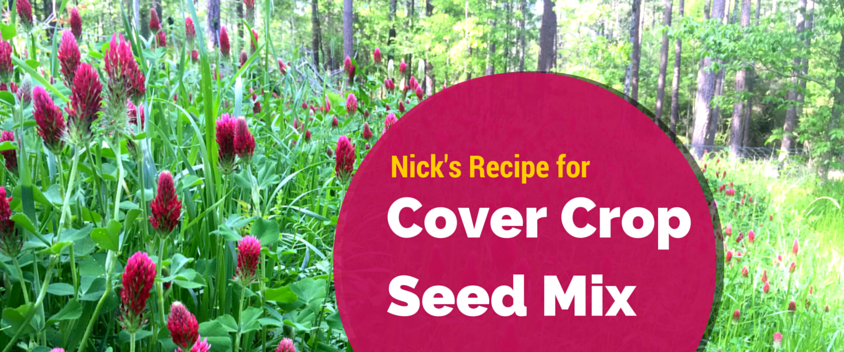
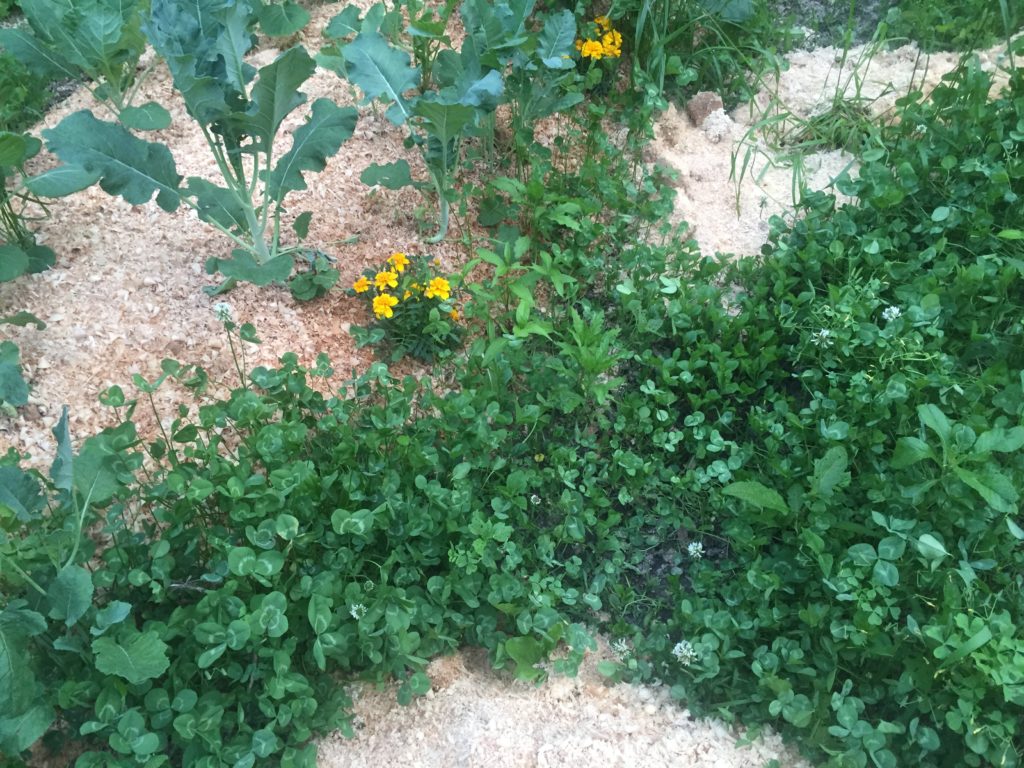
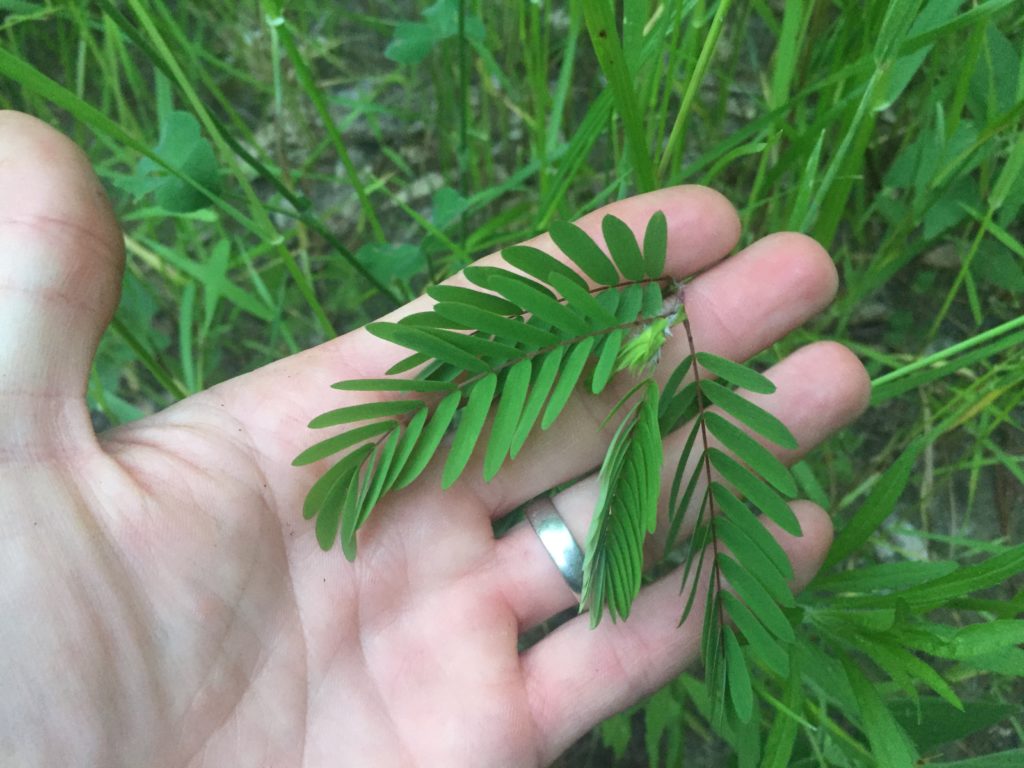
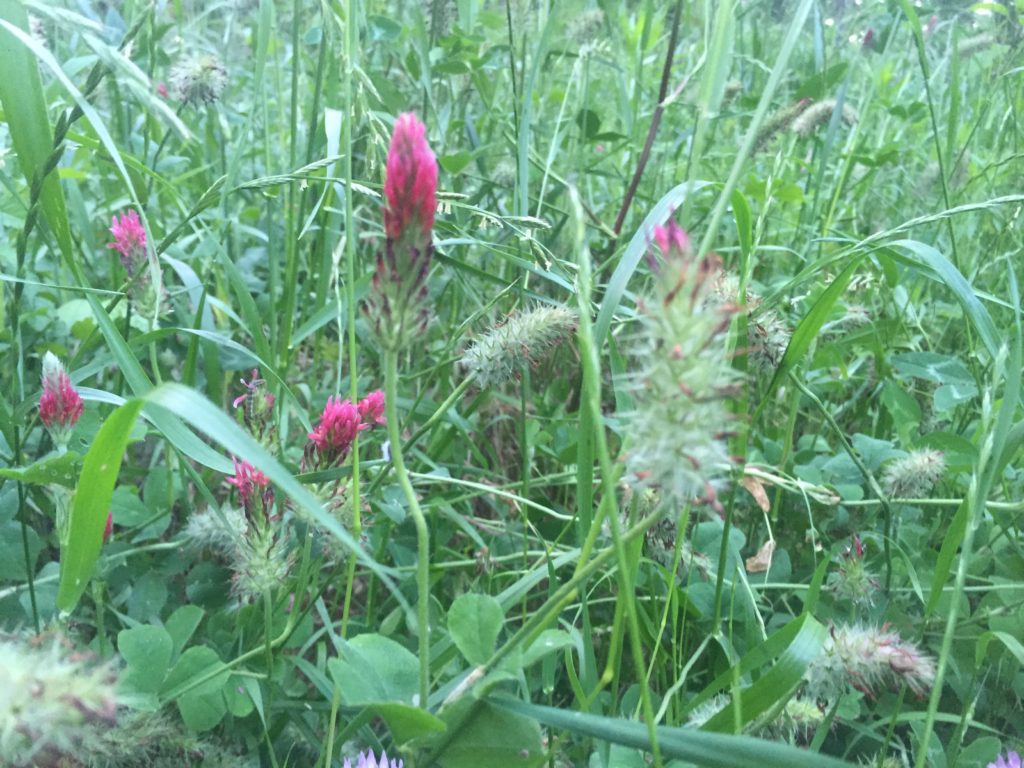
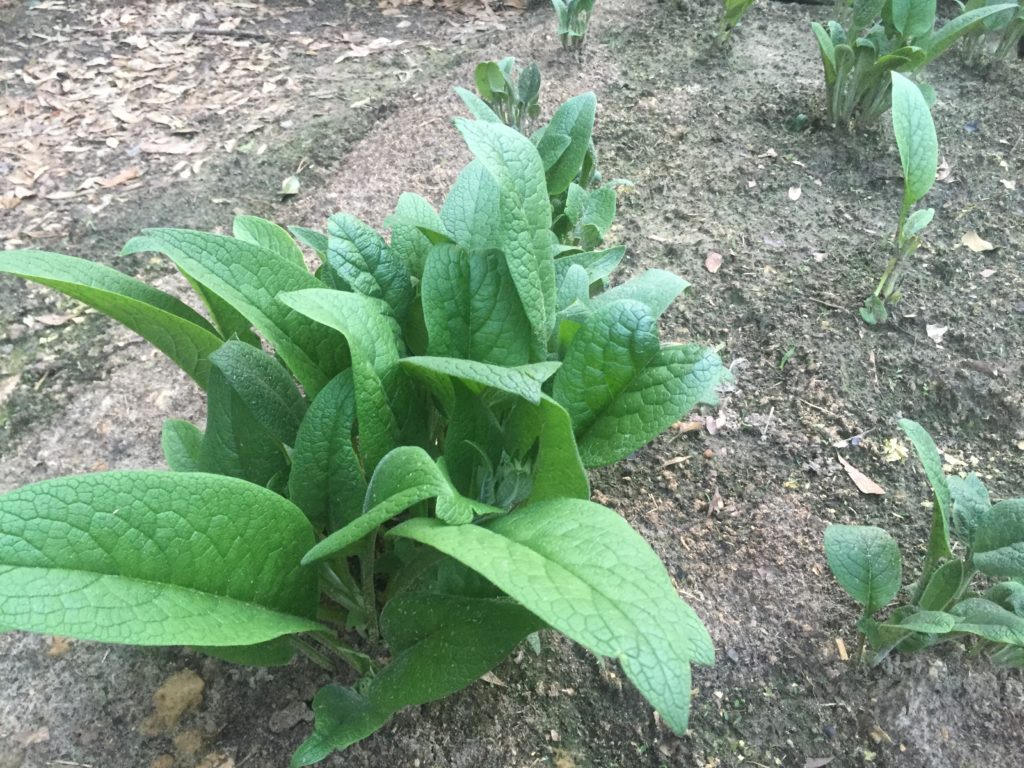
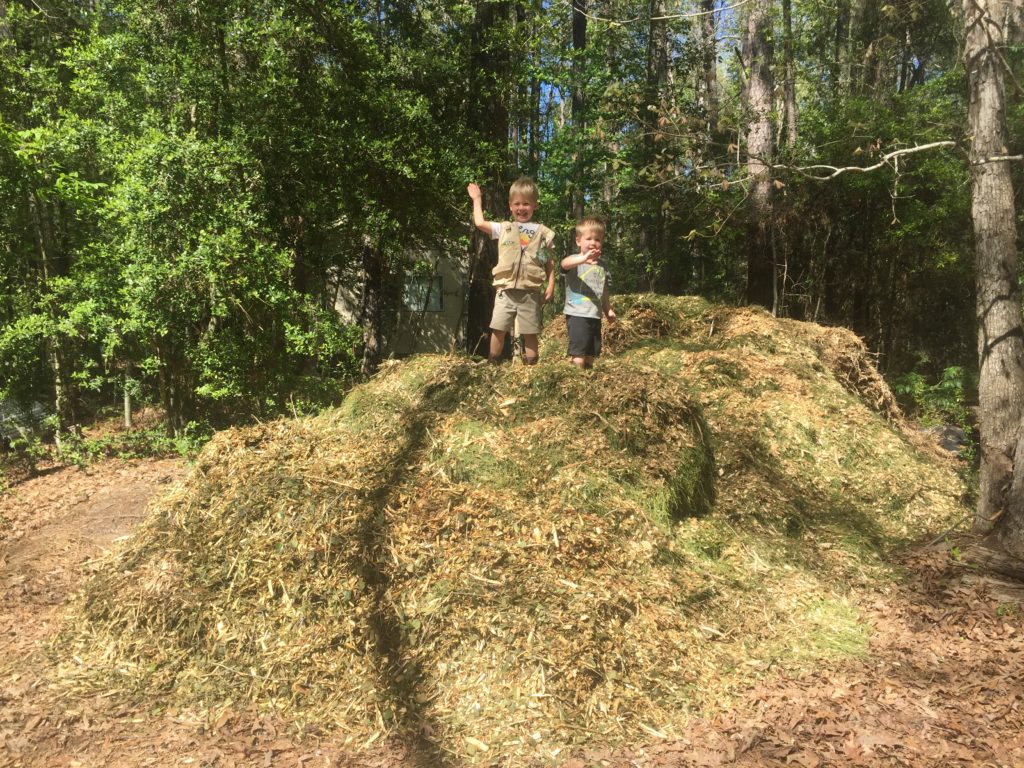
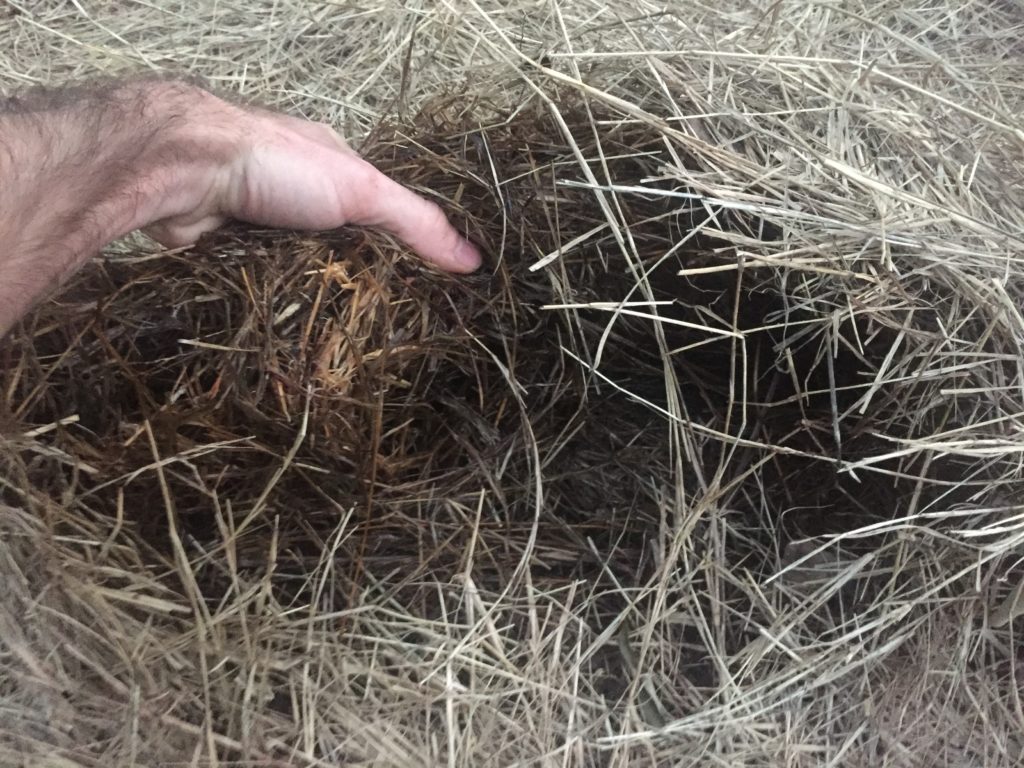
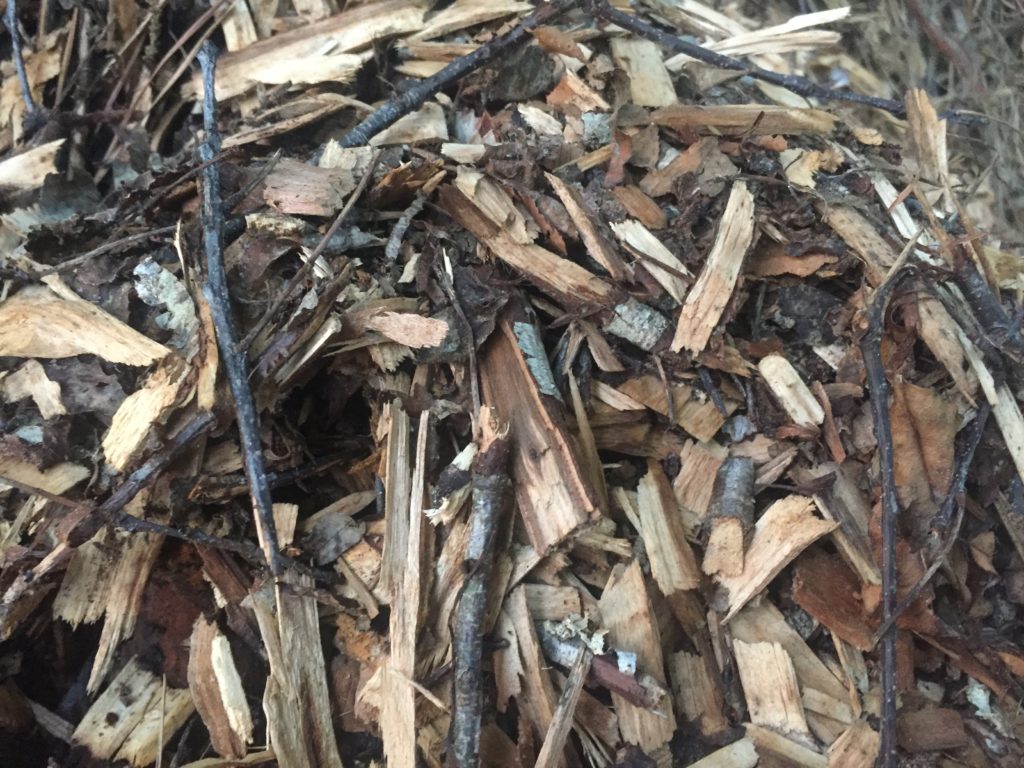
Love it! Thanks for sharing this is awesome!!! The cover crop explained in depth!!!
Great topic Nick! Next weekend I’m teaching a local Meetup group I started a couple of years ago about Building Amazing Soil. I’ve used your sheet mulching ‘recipe’ at my place (and your seed mix from PermaEthos) and my soil has gone from nearly pure red clay to deep soil rich with life in just over a year. I hope the A-Frame is serving you well still. Cheers!
Thanks Tom! Yeah the a-frame is great, and I’m so glad you’ve found success with that sheet mulching recipe. It seems to work like a charm no matter where you do it.
Hey Nick, thanks for the tips. This helped inform my spring cover cropping order for sure. One question: any idea how these cover crops might handle (at least) dappled shade. I recently cleaned out and mulched a couple of acres of cedar underbrush. I’d like to put something under the newly-freed canopy. Would any of these handle some shade?
Most of them will do just fine in dappled shade!
Any recommendations for seed companies? Do you typically buy each seed variety separate? Great Shows!
I typically buy all my garden veggies from Bakers Creek Heirlooms, and tree seeds from Sheffields seed co. Cover crop seed is often purchased through Hancock seed co, but after visiting their facility, I’m less than satisfied with their seed storage protocols. I typically get most of my cover crop seed from my local feed store. Clover, peas, beans etc…